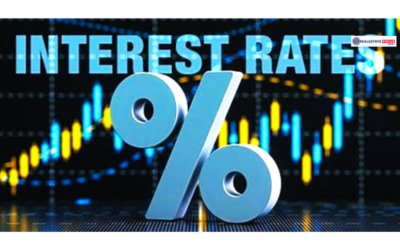

Philippine Economy Achieves 6.2% Growth in Q4 2024
Robust consumer spending and the services sector drive economic expansion.
The Philippine economy demonstrated resilience in the fourth quarter of 2024, achieving a 6.2% growth rate. This performance brings the full-year gross domestic product (GDP) expansion to 5.9%, as reported by Real Estate News Philippines.
Key Growth Drivers
Consumer Spending: The Christmas season boosted spending, which is over 72% of the Philippine economy. This surge received more support from easing inflation, which averaged 3.2% in 2024 and fell within the government’s target range of 2% to 4%.
Services Sector: A strong services sector, with high employment, drove economic growth. The employment rate reached 96.8% in November, marking one of the best outcomes in two decades.
Government Infrastructure Spending: Infrastructure spending surged ahead of the 2025 midterms. It boosted growth in the year’s final months.
Monetary Policy Adjustments
Due to manageable inflation, the Bangko Sentral ng Pilipinas (BSP) cut its key policy rate by 25 basis points in October and December 2024. The rate is now 5.75%. These measures aimed to boost growth by lowering borrowing costs and spurring investment.
Comparative Performance
The 6.2% growth in Q4 is a rebound from the 5.2% growth in Q3 2024. Bad weather affected agriculture and supply chains, hurting that quarter. Growth of 5.9% for the year missed the government’s target of 6.0% to 6.5%. They revised it in December 2024 due to rising uncertainties at home and abroad.
Outlook for 2025
Economists expect strong growth in 2025. Easing inflation and lower policy rates will help. Michael Ricafort, Chief Economist at Rizal Commercial Banking Corp., forecasts a 6.3% growth for the Philippine economy in 2025. He expects businesses and consumers to enjoy the country’s return to greater normalcy.
The government’s focus on infrastructure and services should sustain growth. High consumer spending supports this. However, we must stay alert to potential challenges. These include global economic uncertainties and domestic factors that could affect growth.
























